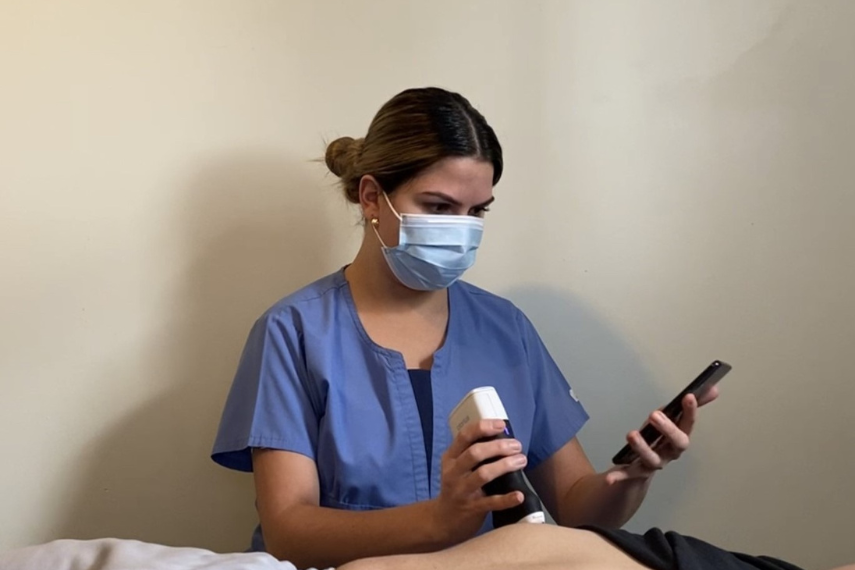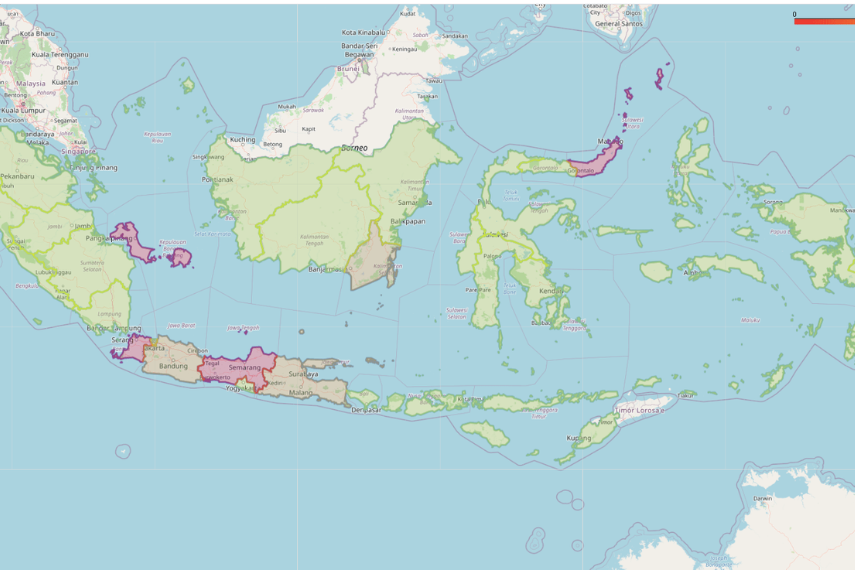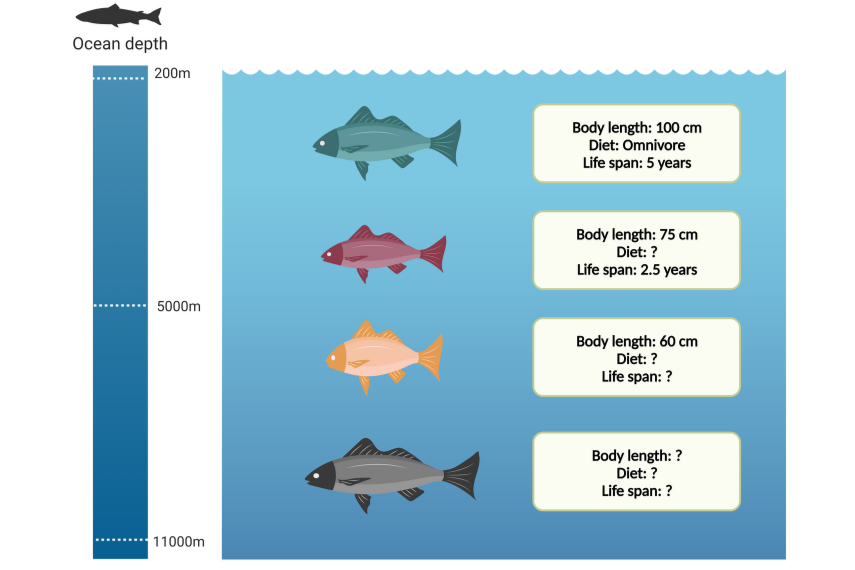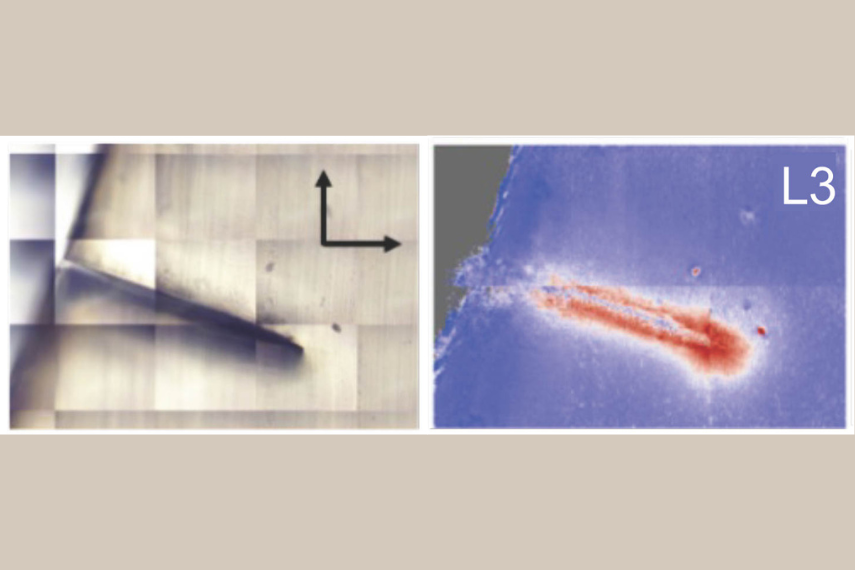
CEPS faculty awarded prestigious federal funding.
Leading the announcement is Dr.

Leading the announcement is Dr.

Researchers develop an automated method that can detect a prevalent liver disease at the primary care level.
A Global Health Concern

Not all heroes wear capes, but they do wear armour. Meet Dr. Michele Oliver, a trailblazer from the School of Engineering at the University of Guelph, who is working towards making armour more accommodating for the real-world superheroes - our soldiers. The twist? Her study focuses on determining whether armour needs to be tailored for female soldiers, a long-ignored demographic in military armour design.

Researchers from across campus supported with $40k in seed funding.

The production of key chemical compounds could aid in the development of new cancer therapies

The COVID 19 pandemic demonstrated a multitude of human behaviours that can drive the spread of disease. From mask-wearing, social distancing, vaccine hesitancy to pandemic fatigue. Government and health agencies struggled to keep up with policy, as the science and the population’s willingness to adopt changed.

Don't underestimate the power of social media! Social media is no longer just a place for selfies and memes. Dr. Rozita Dara, from the School of Computer Science, has recently unlocked a fascinating use of Twitter that could change the face of disease surveillance and management. This new method involves the analysis of Twitter data, aiding in predicting disease trends and gauging public perception toward health policies.
A Leap in Public Health Management Through Machine Learning

Due to our recent experience with the COVID-19 pandemic, it is perhaps clearer than ever that accurate and early detection of epidemics is of critical importance. When the first signs of an epidemic arise, measures can be put into place to help mitigate the spread of illness. This may include public health messaging to wash your hands, stay home if unwell, and reminders to get vaccinated. However, the effectiveness of these measures depends on a timely identification of an approaching epidemic.

Researchers develop a strategy for analyzing incomplete data sets
Missing data is a common and challenging problem in a broad range of scientific studies. This is particularly true in the analyses of real-world data. For example, in the study of biological systems it is difficult to completely sample a population with a wide variety of traits (characteristics like body size, age and habitat). It is impossible to sample everything, and missing data is almost inevitable.

AI-driven deep learning transforms aging analysis of crucial infrastructure, enhancing longevity.
A Groundbreaking Approach to Pipe Degradation